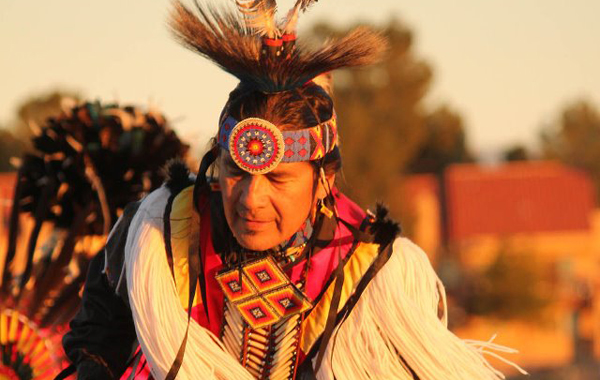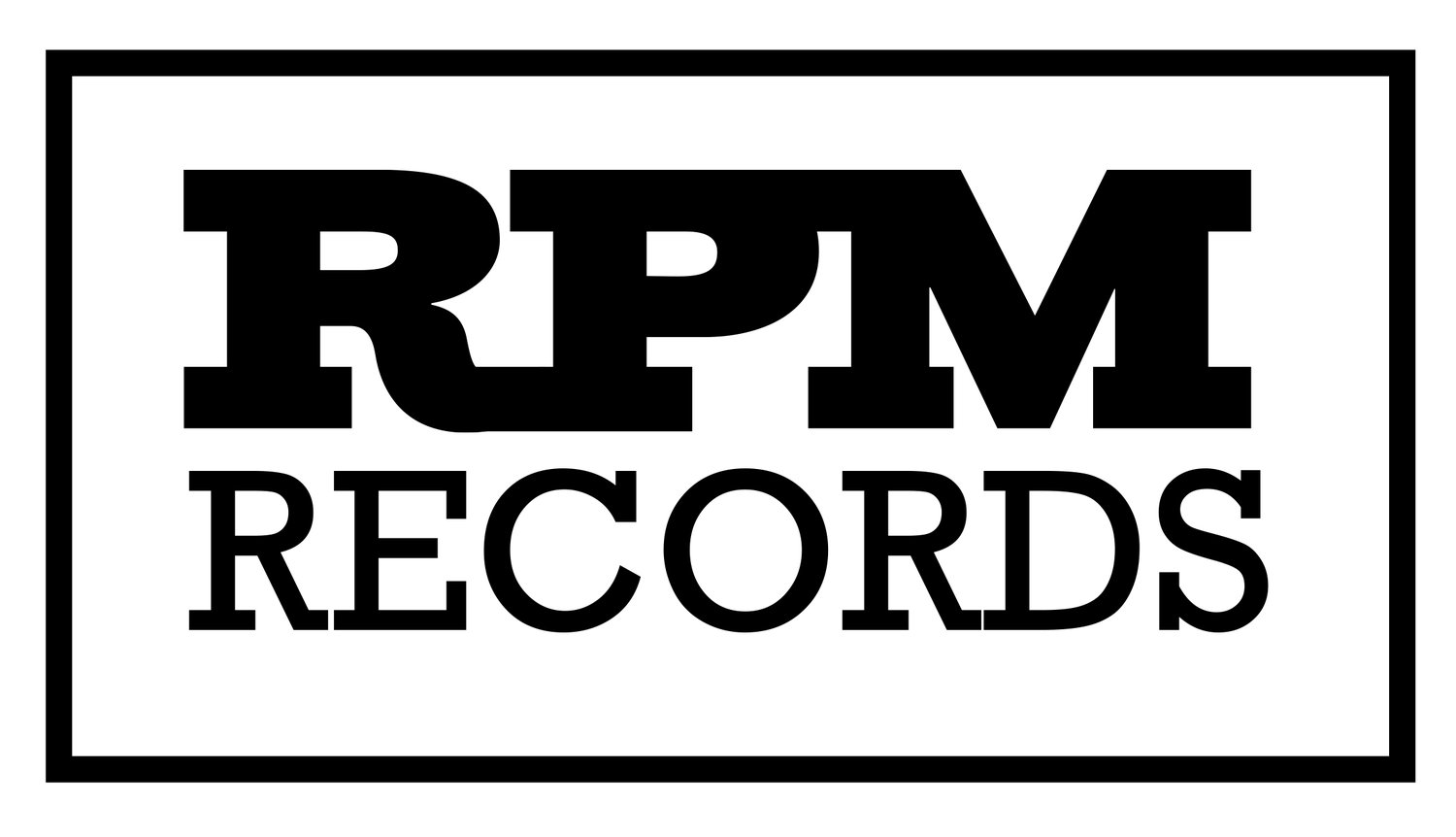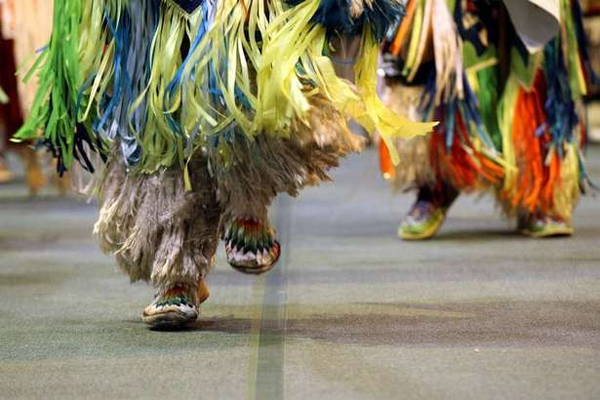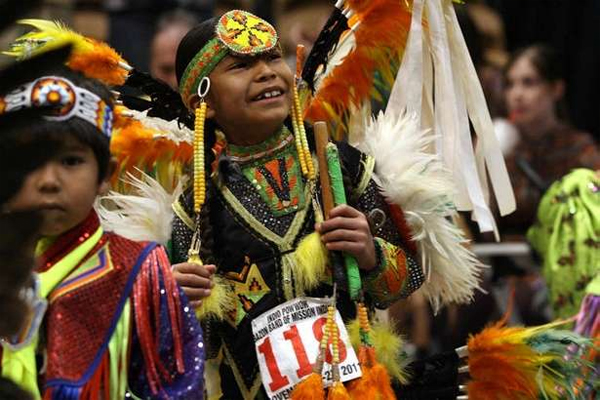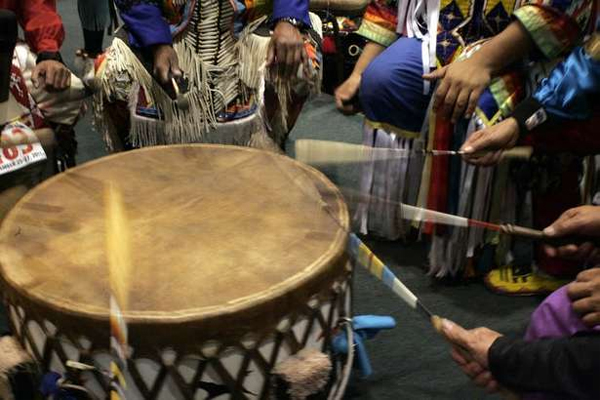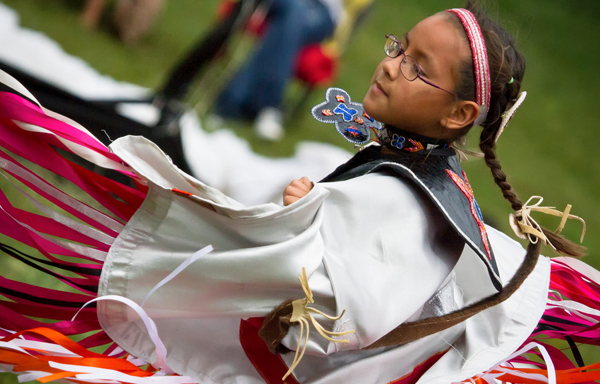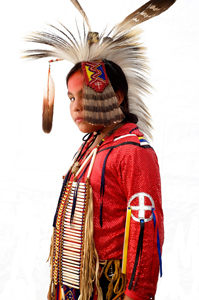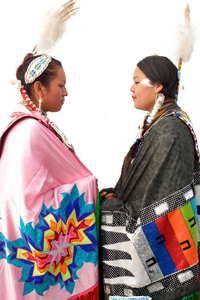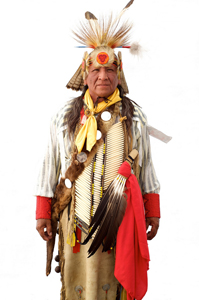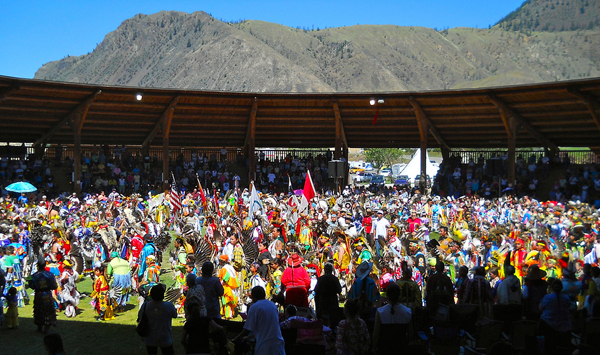The Last New Millennium First People's Powwow
/The Thunder in the Desert Powwow began in the year 2000, with a 12-year plan to celebrate and welcome the 21st century. Last week marked the last gathering in Tucson, Arizona.
In acknowledgement of the power of four, Thunder in the Desert was planned to take place four times, every four years, in 2000, 2004, 2008 and this year's finale.
From Indian Country Today's Sun Sets on New Millennium First Peoples’ World Fair and Pow Wow:
“Native Americans felt it important to commemorate this special time in history to celebrate our continued existence and to recommit to carry on our tradition of beauty and culture,” [organizer Fred] Synder said.
This pow wow was both special and traditional in that it provided time to renew thoughts of old ways while joining in dancing, singing, visiting, rekindling current friendships, and making new ones.... “Literally, this event is an all volunteer organization that dedicates three years into planning these ten days of presentations,” said Synder.
...the fun began with an Electric Pow Wow and a traditional Social Pow Wow featuring flute players and aboriginal dancers representing Aztec, Ecuadorian, and Tlingit cultures along with Zuni Buffalo and Eagle dancers and hoop dance performances — all of which lead up to late afternoon gourd dancing and an official Grand Entry begun as the sun began to sink in the West to end Day One...
As a closing comment, coordinator Carole Garcia thanked participants by noting: “It is an honor you have chosen to be with us at Thunder in the Desert and thank you for keeping our children dancing."
Here is a great short video that captured Coloradas Mangas, lead dancer:
And here are just a few of the many gorgeous photographs taken by Lightning Horse during all 10 days of this event. Head on over to the Thunder in the Desert on Facebook to feast your eyes on rest of the images. Maybe even feel a bit of that Tucson sun!
